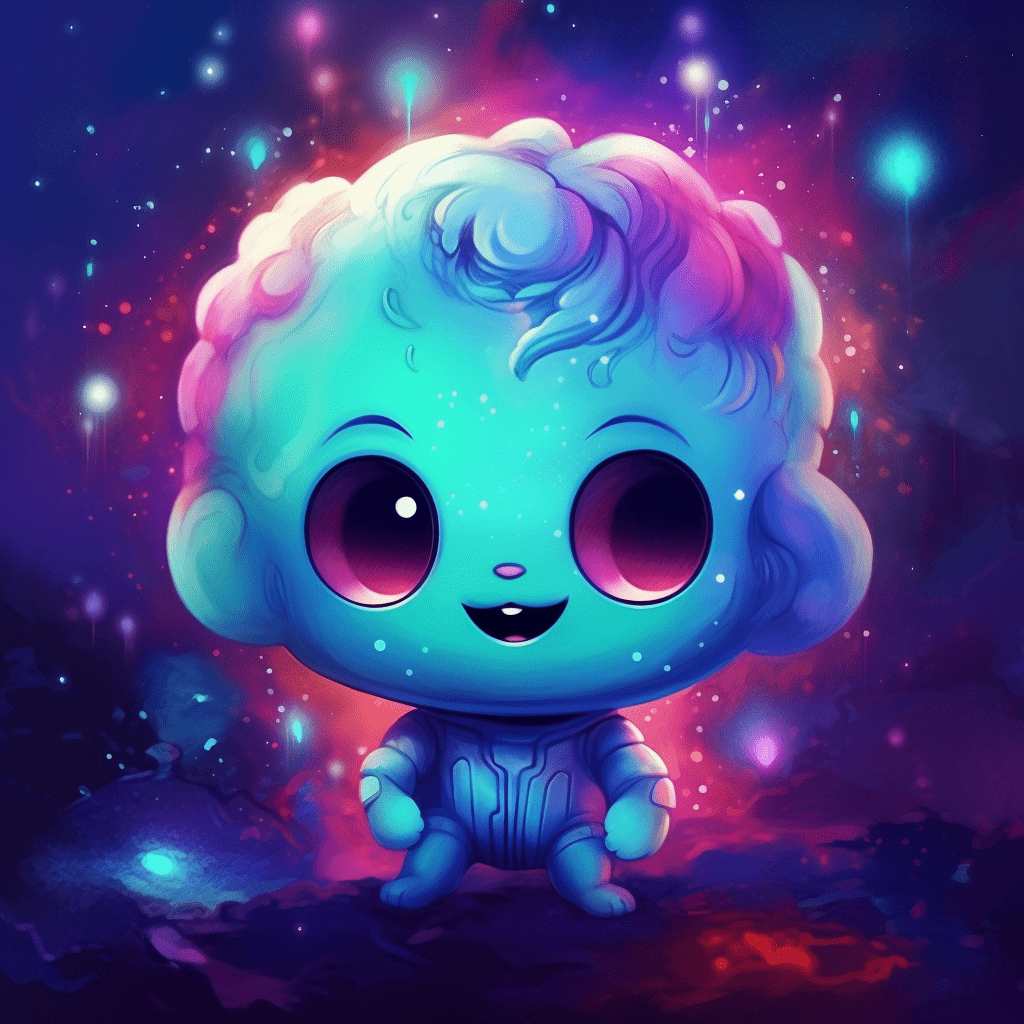As non-fungible tokens (NFTs) gain traction in the world of digital art and collectibles, understanding the common nft terminilogy and jargon associated with this exciting new space is crucial. In this article, we will demystify some key NFT terms and concepts, making it easier for you to navigate the crypto art world and engage in meaningful conversations.

Non-fungible Token (NFT)
A non-fungible token is a digital asset that represents ownership or proof of authenticity for a unique item or piece of content. NFTs are stored on a blockchain, and each token has distinct characteristics that make them indivisible and non-interchangeable.
Blockchain
A blockchain is a decentralized, distributed digital ledger consisting of chained blocks, recording transactions in a secure, transparent, and permanent manner. Blockchain technology enables the creation, trading, and storage of NFTs and ensures the integrity of digital assets and transactions.
Smart Contract
A smart contract is a self-executing digital agreement with the terms and conditions of a contract directly encoded into computer-readable code. In the NFT world, smart contracts facilitate the creation, buying, selling, and royalty distribution of digital assets.
Minting

Minting refers to the process of creating an NFT on a blockchain. It typically involves defining its unique attributes, submitting a transaction, and paying a gas fee, which is the cost associated with executing the transaction.
Gas Fee
A gas fee is a transaction cost required for performing operations on a blockchain network, including minting and trading NFTs. Gas fees fluctuate based on network congestion and transaction complexity. They compensate miners or validators that ensure the network’s security and efficiency.
ERC-721 and ERC-1155
ERC-721 and ERC-1155 are token standards on the Ethereum blockchain used for creating NFTs. ERC-721 standardizes unique NFTs, while ERC-1155 allows for the coexistence of non-fungible and fungible tokens in a single smart contract.
Digital Wallet
A digital wallet is a software or hardware solution used for securely storing, managing, and transferring digital assets, including cryptocurrencies and NFTs. Wallets hold the private keys necessary to access and transact with your digital assets.
Royalty
A royalty refers to the percentage of the sale price that the original creator of an NFT receives upon each subsequent sale of the token. By enabling creators to receive royalties, NFTs allow artists to continue benefiting from future transactions involving their work.
Metadata
Metadata is the supplementary information embedded within an NFT that offers context and insights about the digital asset. Metadata can include details such as the creator’s name, a description, and unique attributes specific to the digital asset.
Marketplace
An NFT marketplace is an online platform where users can mint, sell, buy, and trade non-fungible tokens. These platforms provide various services, such as handling smart contracts, facilitating transactions, and showcasing digital art and collectibles.
Whitelisting
Whitelisting is the process of granting approved individuals early or exclusive access to limited-edition NFT drops or events. Artists and developers often use this feature to reward loyal supporters and encourage engagement with their work.
Fungible vs. Non-fungible Tokens
Fungible tokens are interchangeable and hold equal value, like traditional currencies or cryptocurrencies. Conversely, non-fungible tokens are unique digital assets with different values and characteristics that cannot be directly exchanged in equal measure.
Crypto Art and Collectibles

Crypto art and collectibles refer to digital artworks, virtual goods, and unique digital assets that are represented as NFTs. These digital assets can be bought, sold, and traded on various NFT marketplaces, with their ownership and transaction history securely recorded on a blockchain.
In conclusion, comprehending the common jargon and terminology related to NFTs is vital to fully appreciate and engage with the constantly evolving crypto art world. With the knowledge gained from this article, you can now confidently discuss and explore the realm of NFTs, better equipped to make informed decisions in the market.
